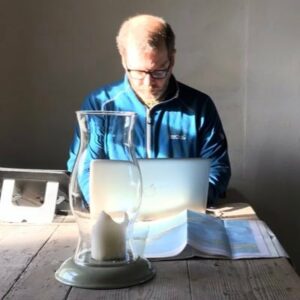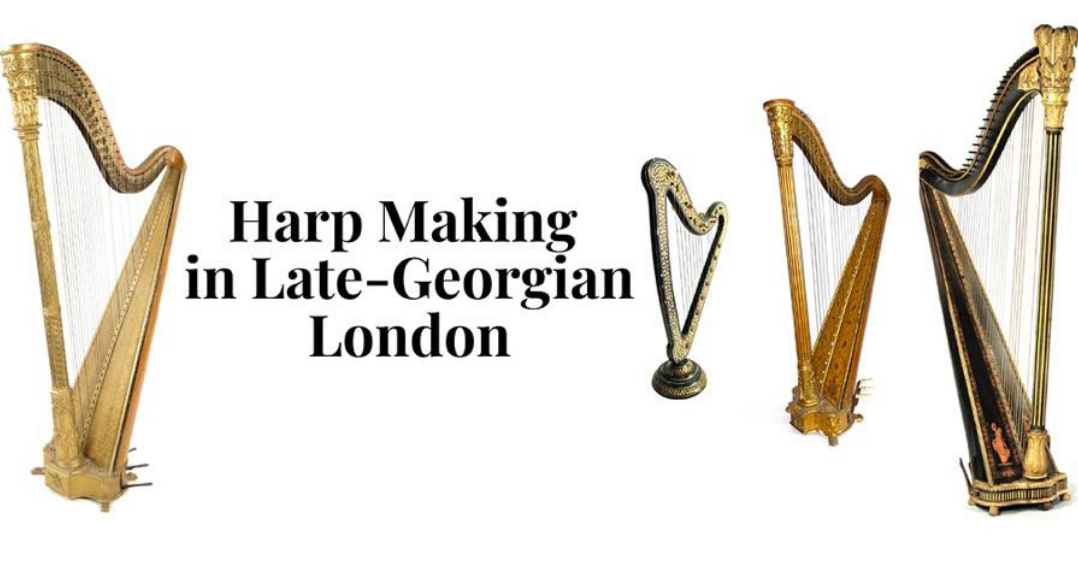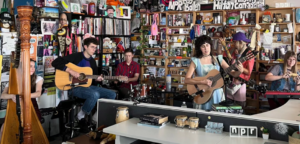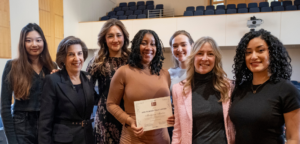Instrument maker Mike Baldwin has released Harp Making in Late-Georgian London, available from Amazon and Bookshop.org. Through historical papers, 19th-century etchings, and patent drawings, Baldwin explores the contributions of less-familiar instrument makers to the technology and design of the harp in a 428-page hardcover book. We reached out to Baldwin to find out more about his new publication.
How did you first become interested in the pedal harp?

Instrument maker, author, and historian Mike Baldwin
I initially trained as a maker of non-pedal harps and had little interest in the pedal instrument. While studying for my degree in musical instrument making at London Guildhall University (now London Metropolitan University), I was introduced to the Grecian harp and later single-action instruments by Mike Parker, a harpist, researcher, organologist, and musicologist. Later, I worked for Pilgrim Harps where I worked on the Progress harp, a 41-string, small double-action. Needless to say, I was hooked (no pun intended).
What was the process of researching forgotten harpmakers like? What kinds of artifacts and documents did you discover?
It was fascinating. It brought together the study of various harp forms with human stories, not forgetting some wonderful information about harpists and composers. During my research, I acquired a number of unusual harps, including a 29-string child’s single-action made by Jacob and James Erat, the molds used by the Erard company to decorate the Grecian and gothic harps, and the ledgers of the Morley harp company dating from 1891 to 1945. I found out so much about the day-to-day lives of the early 19th-century harpmakers and how they worked.
What is most fascinating to you about instrument makers in the 19th century?
London makers who worked in close proximity were competitive. They went out of their way to try to find out what each other was doing, to better each others’ inventions. But after Erard’s dominance was established, most other makers failed, often ending in bankruptcy and penury. The early years of the double-action were the harp’s golden years for some makers, but were disastrous for others.
What is the most important thing you want harpists to gain from reading your book?
I hope readers gain an understanding of where their modern instruments come from and a healthy respect for the older instruments. There is a wonderful repertoire for the empire, Grecian, and gothic harps. It deserves to be heard, and the instruments deserve to be played.
To learn more, visit Baldwin’s website.













